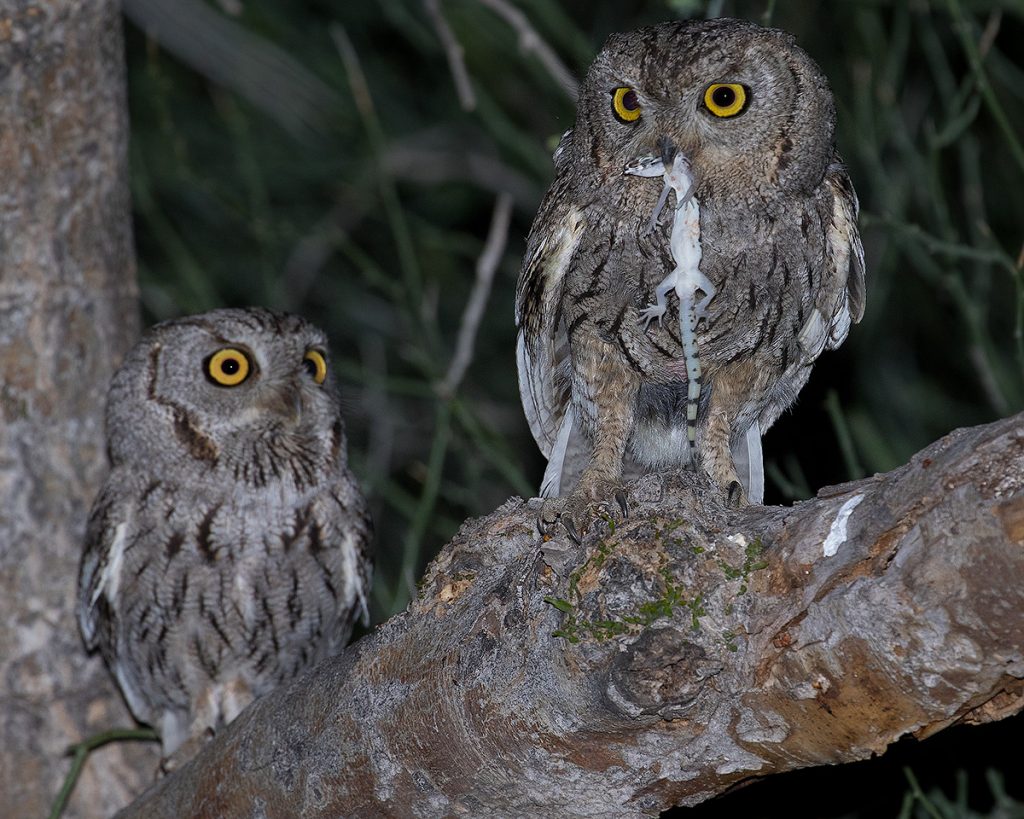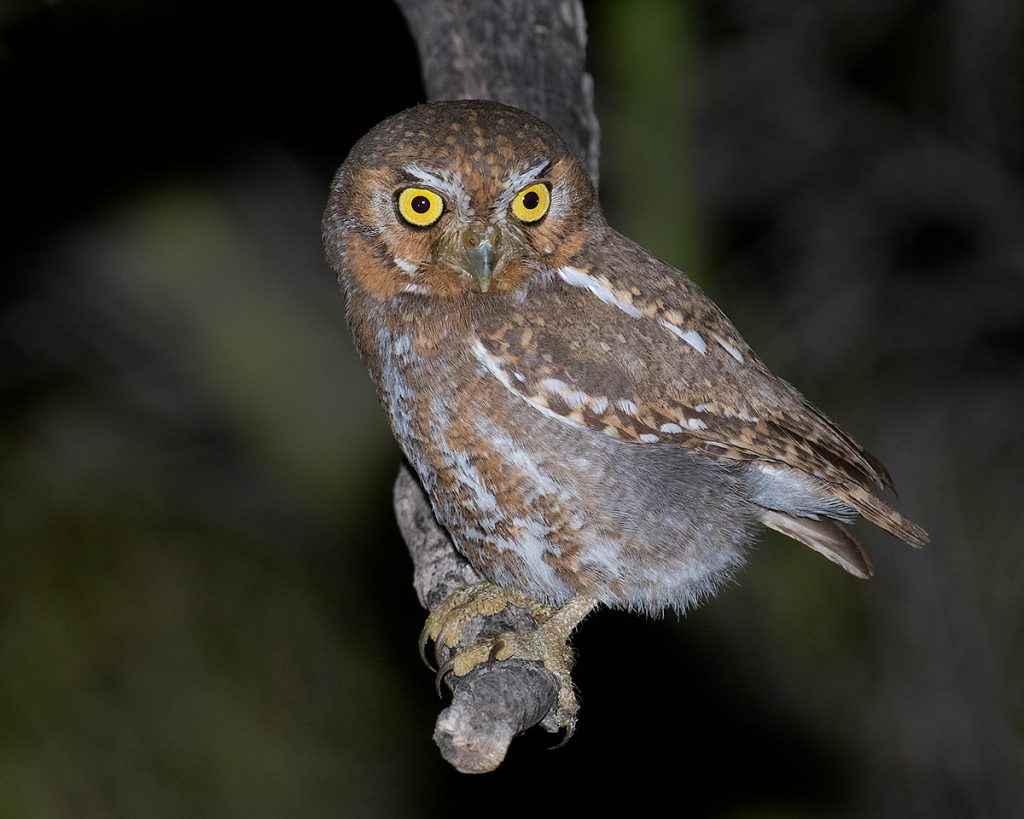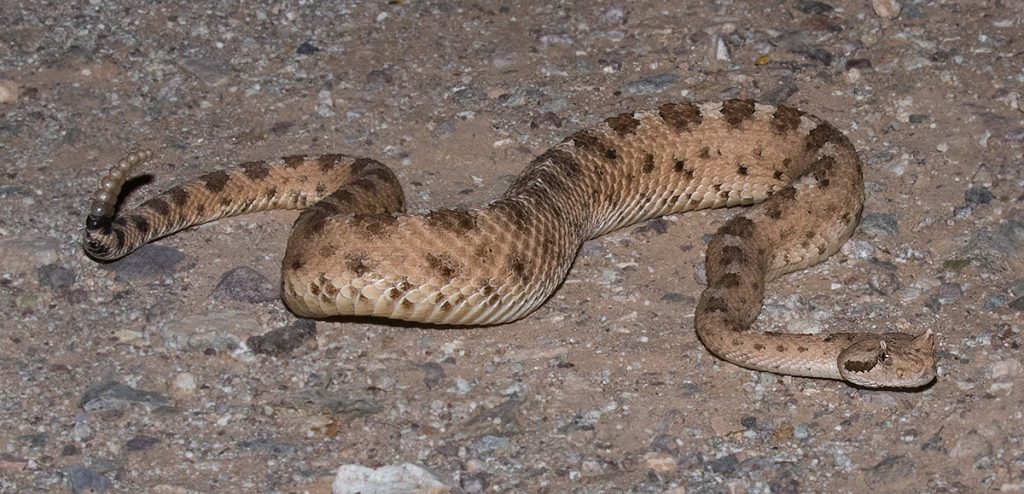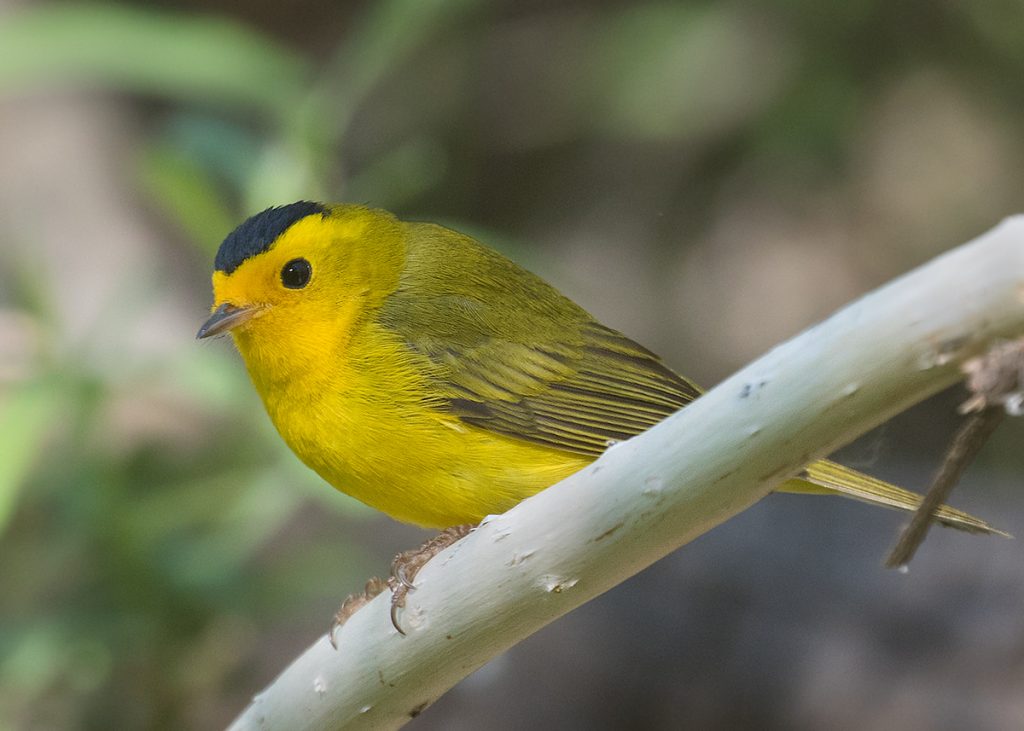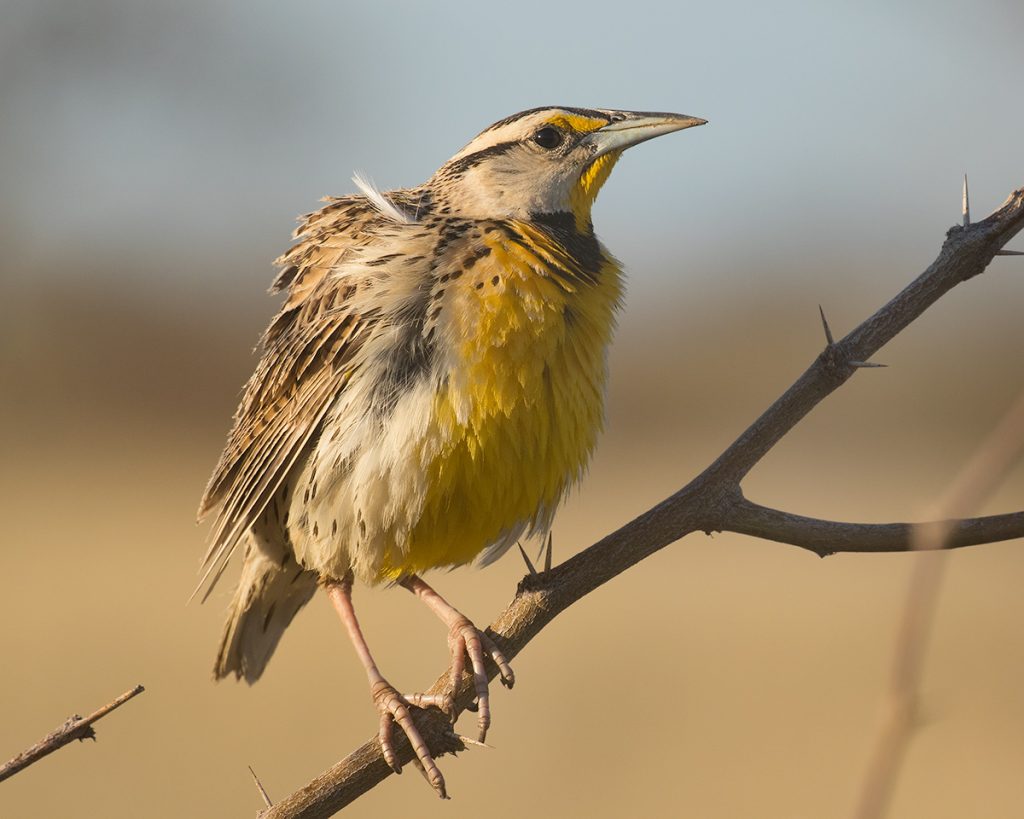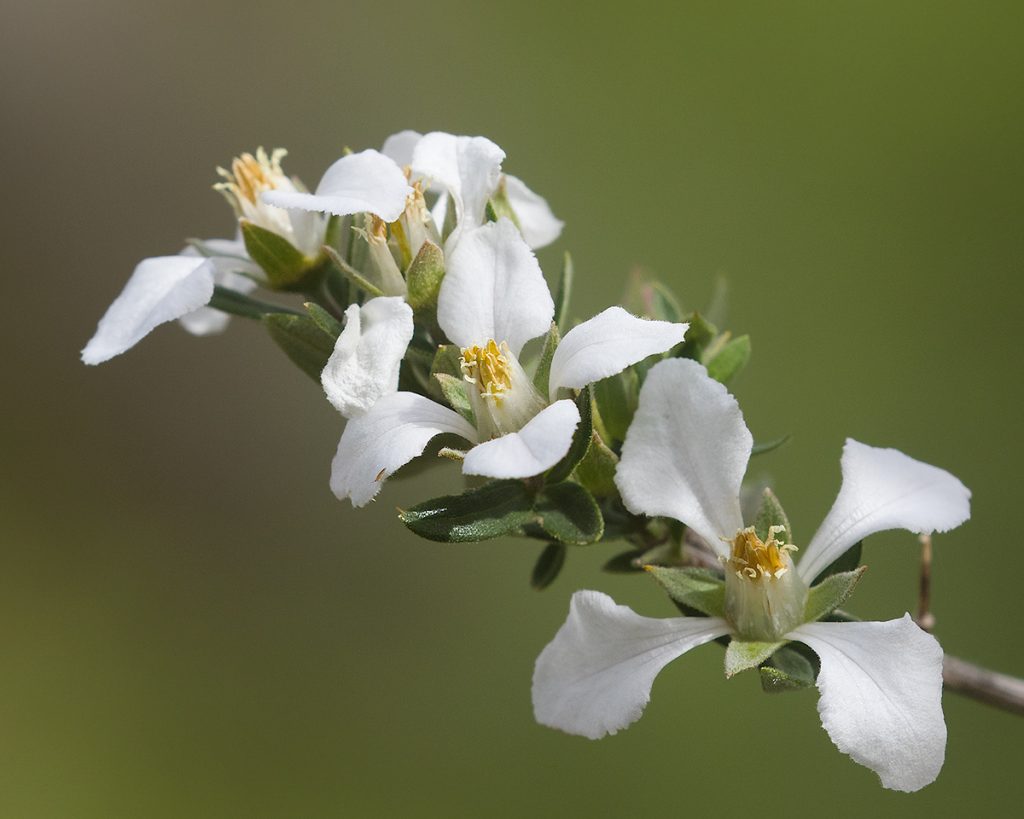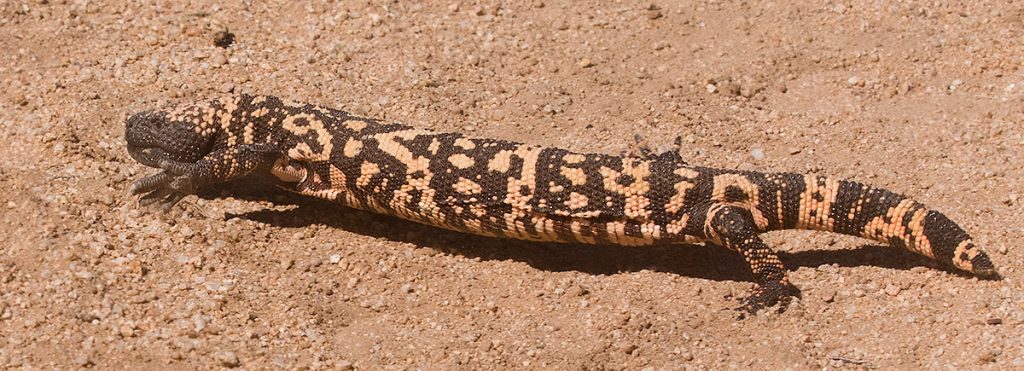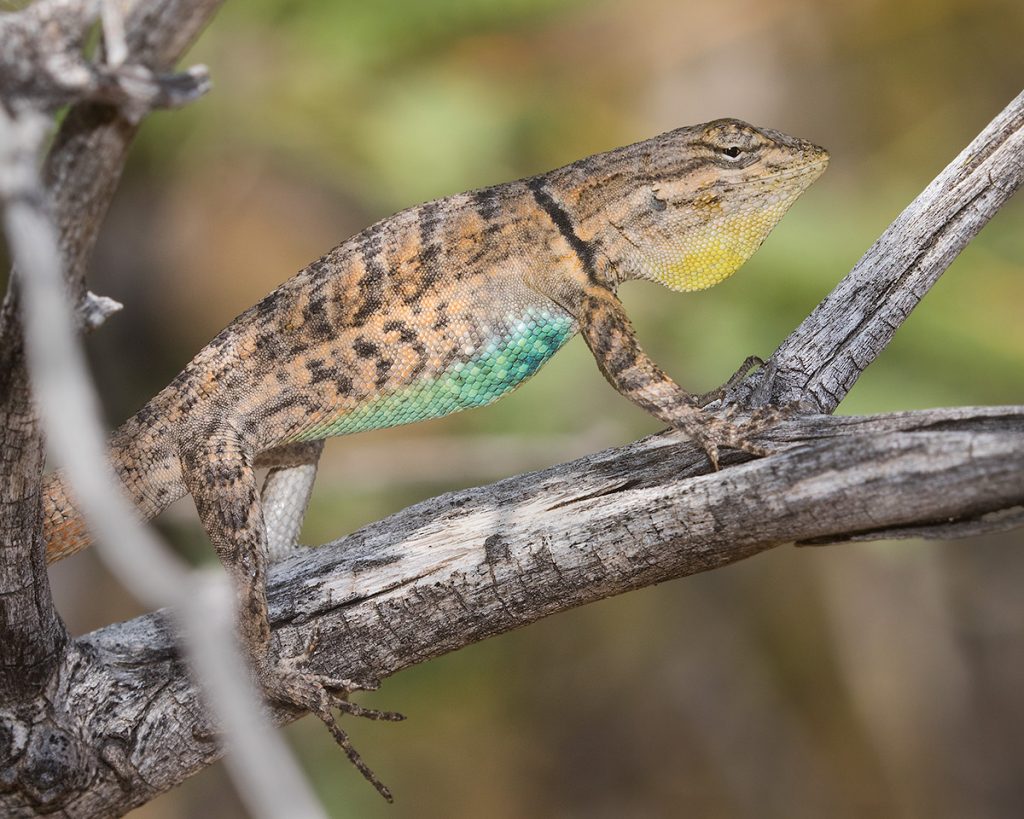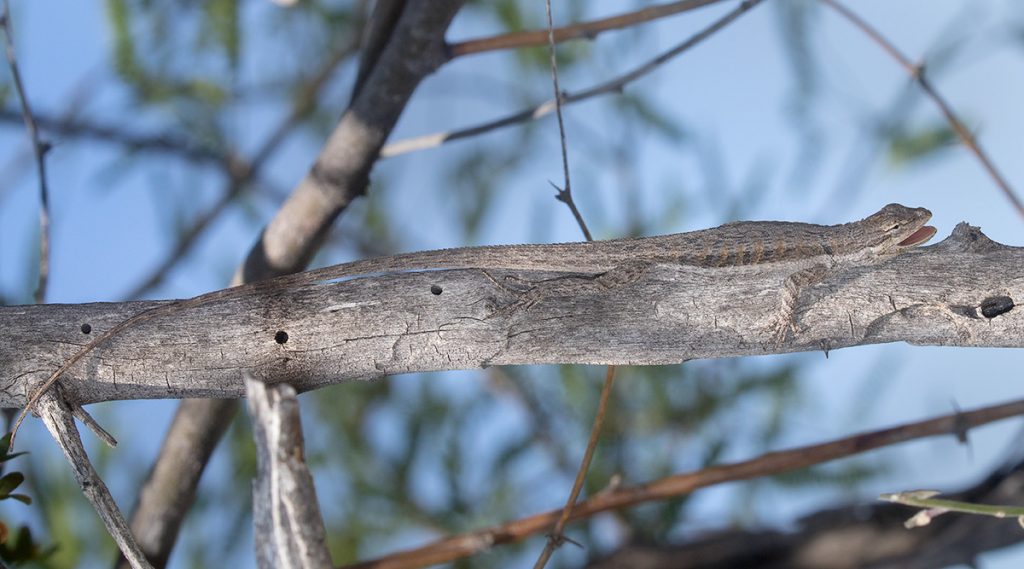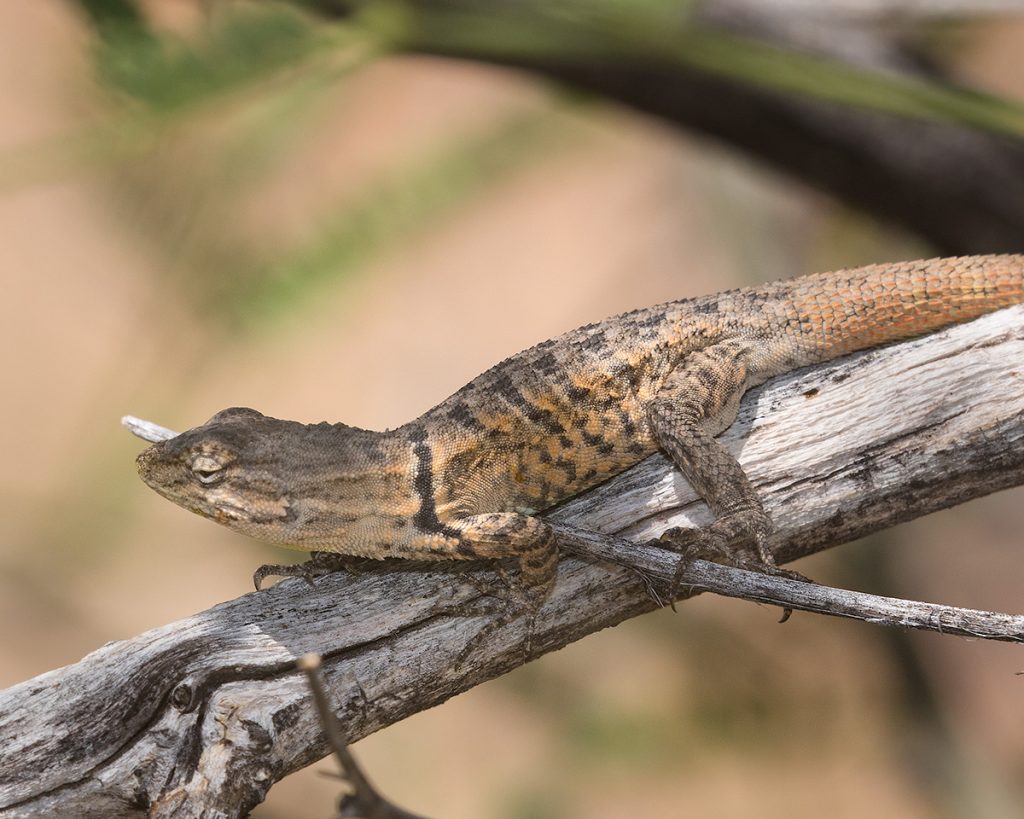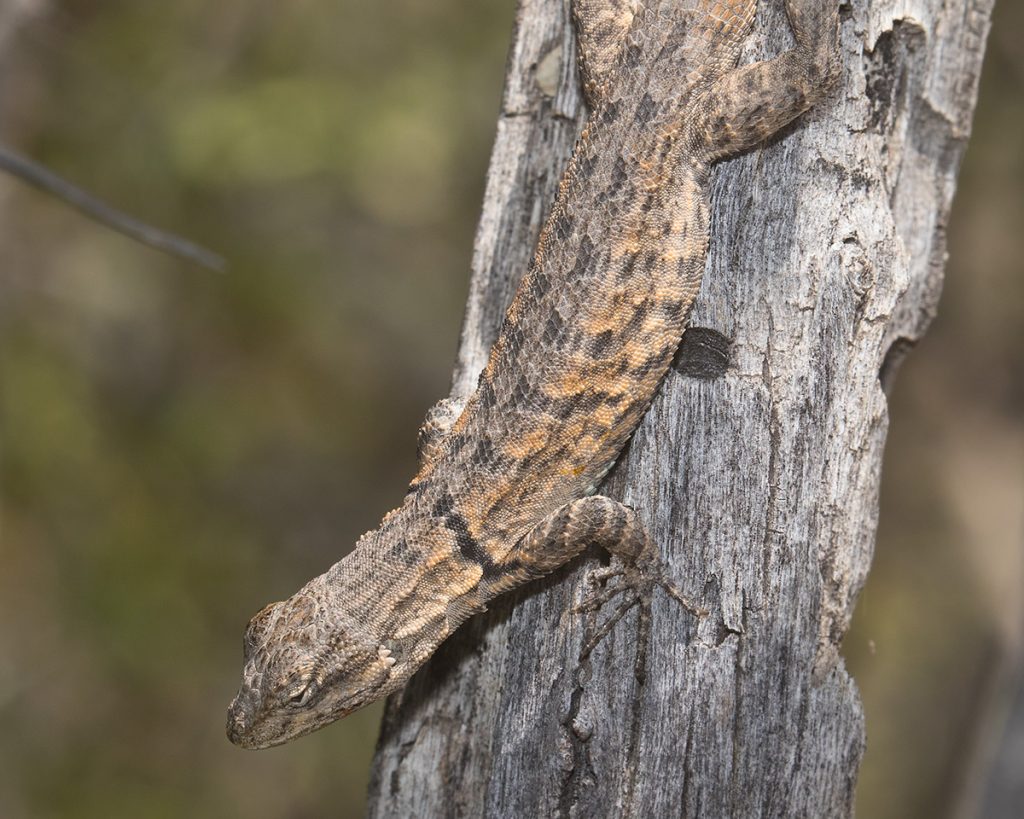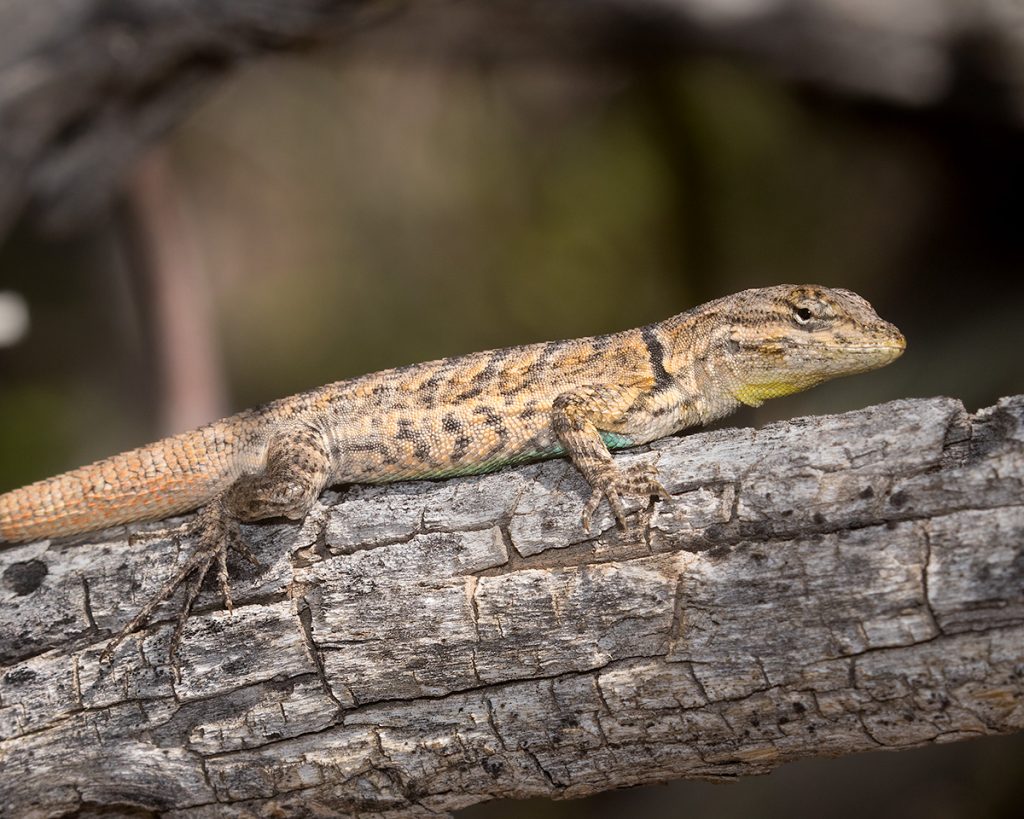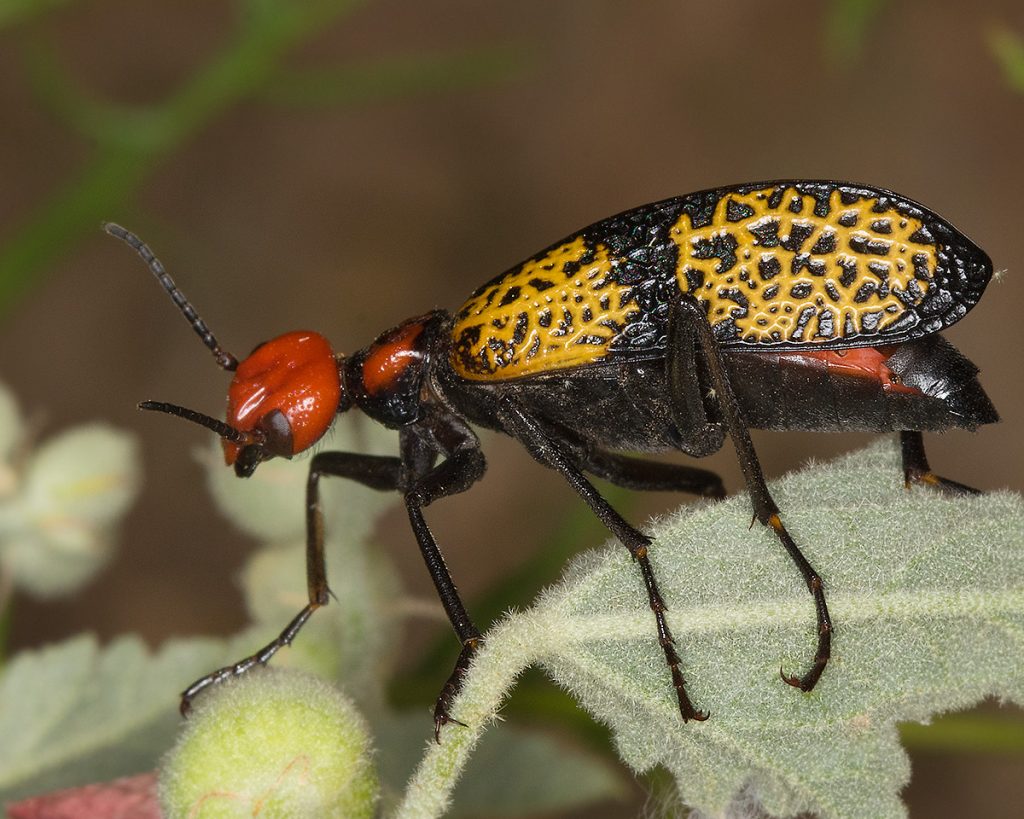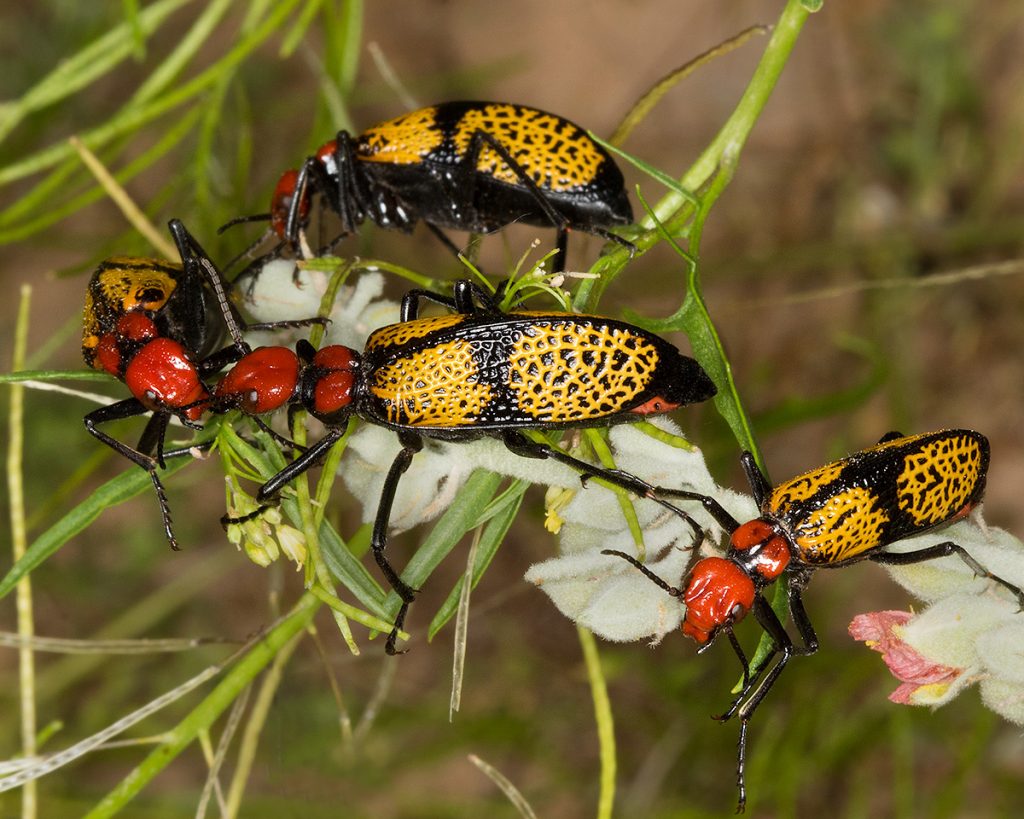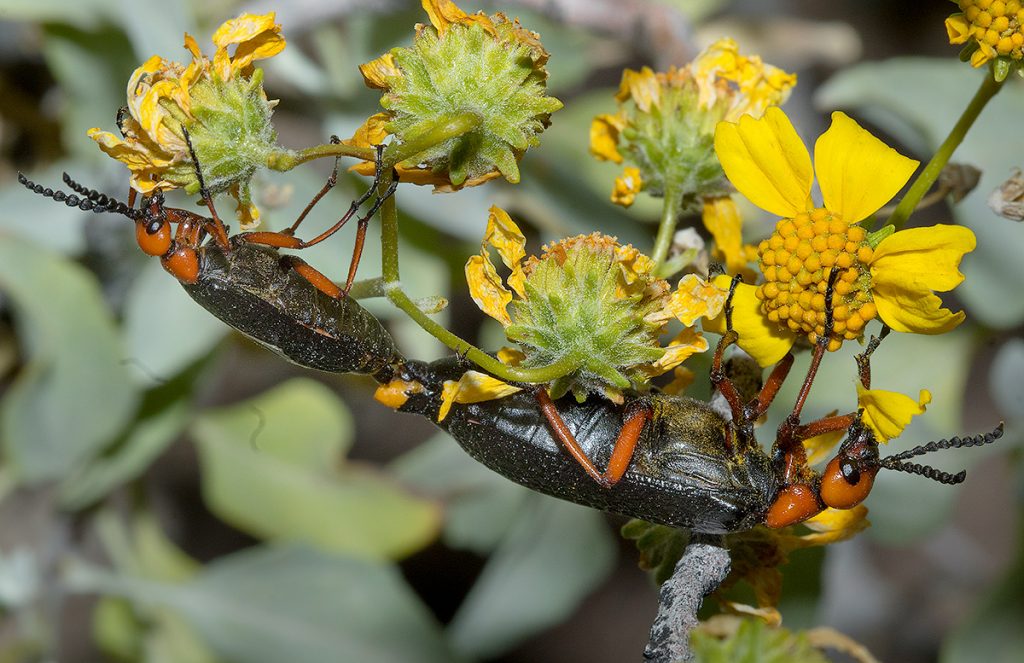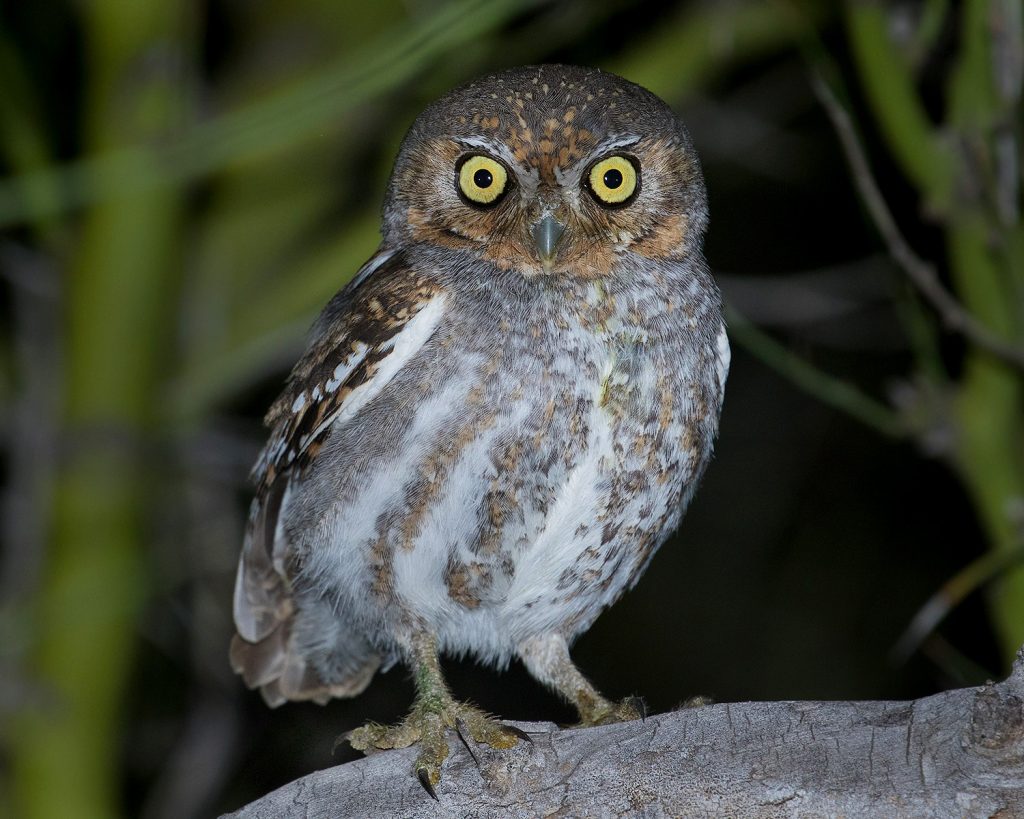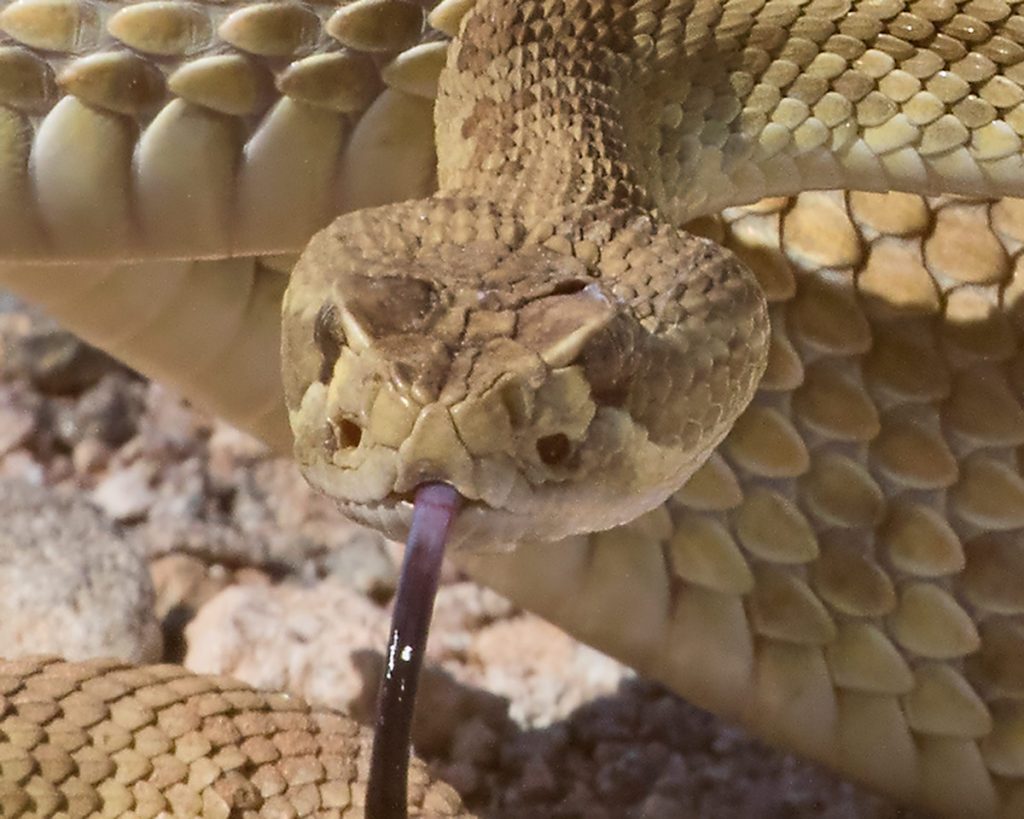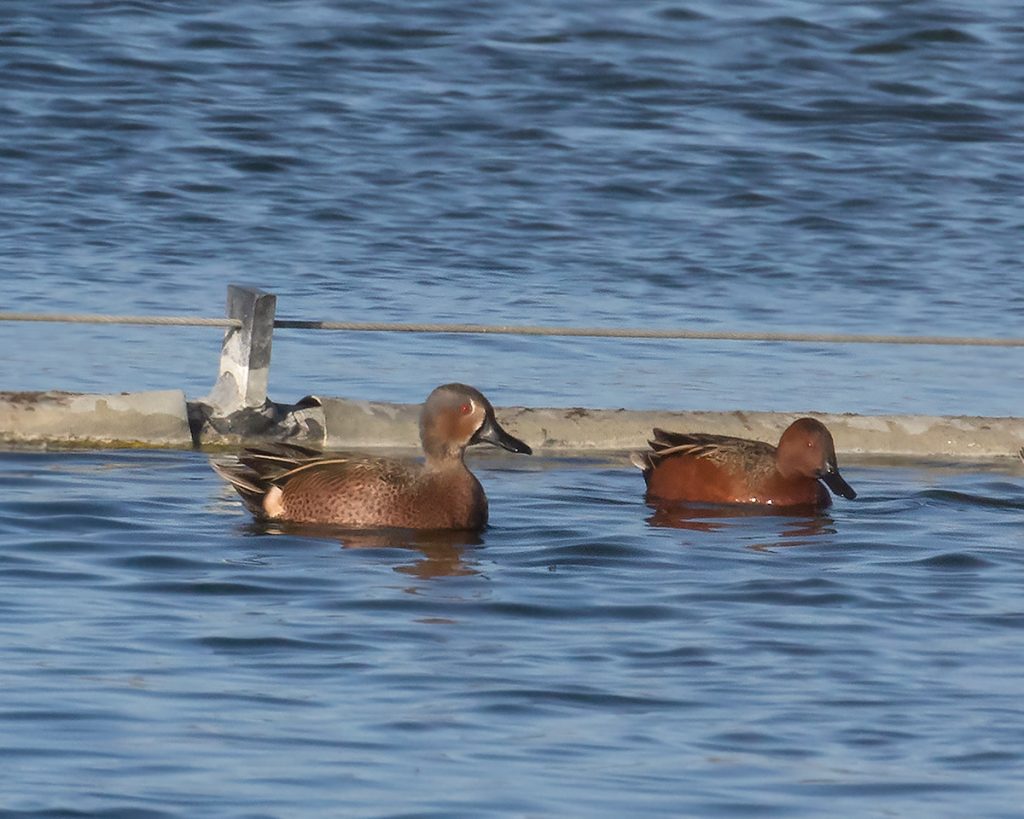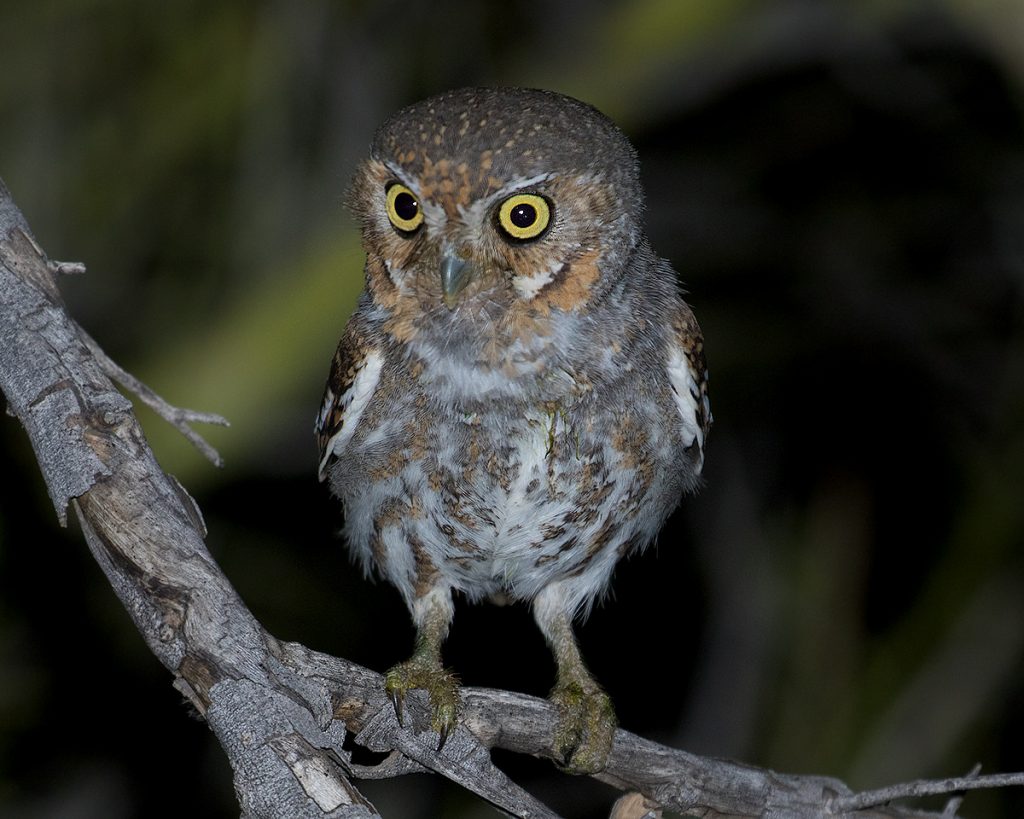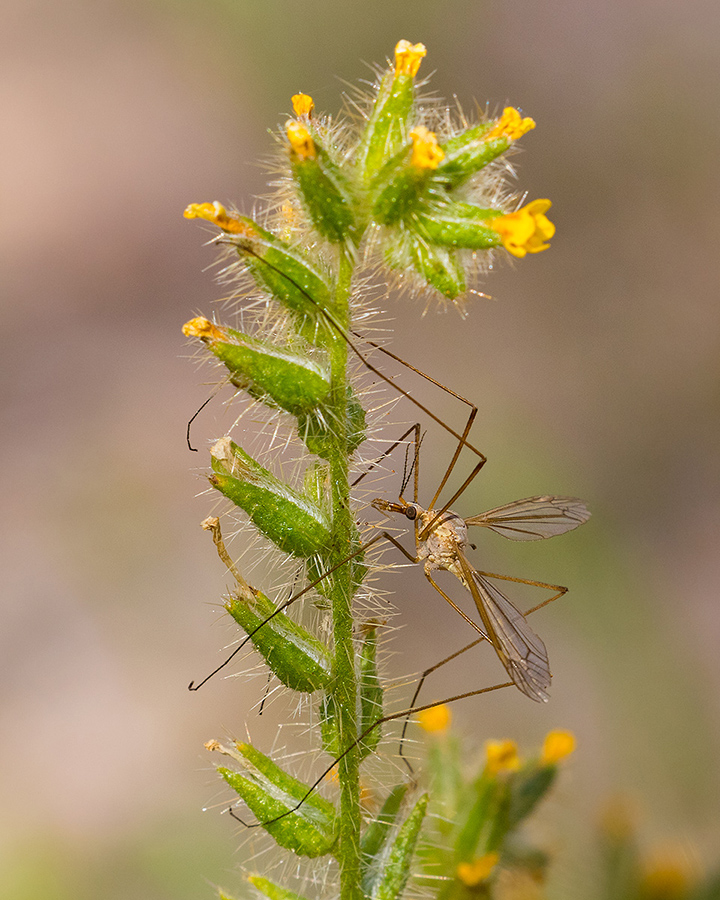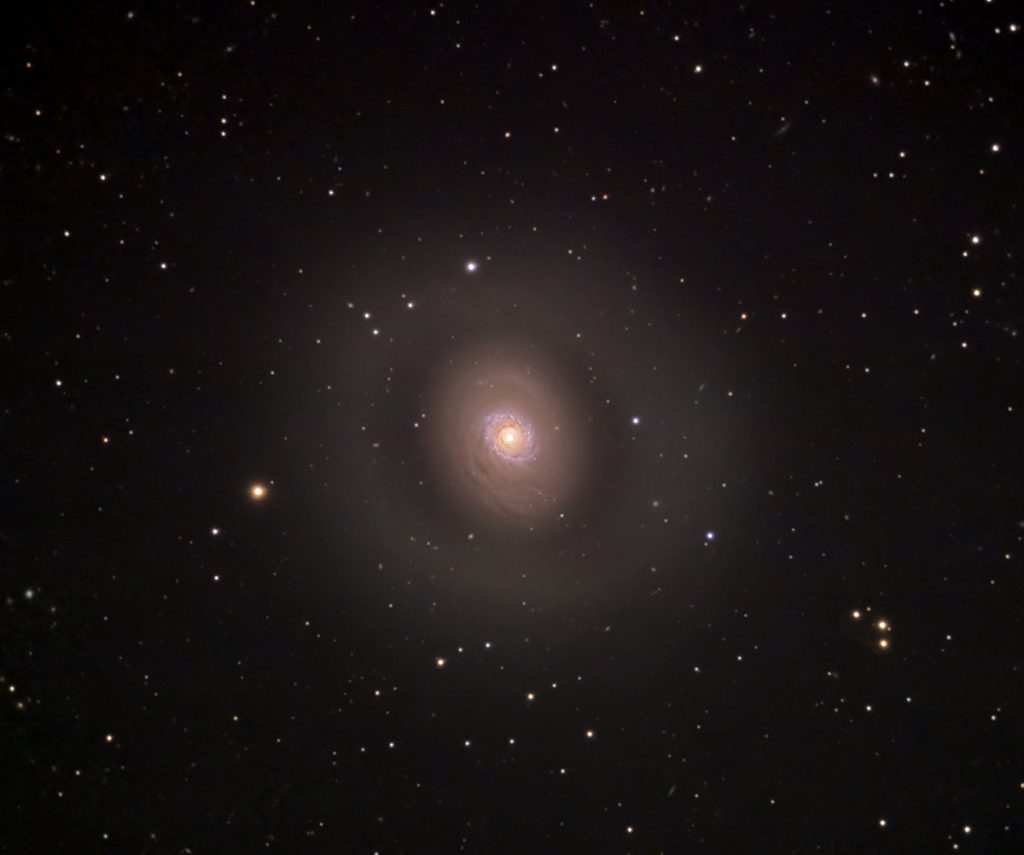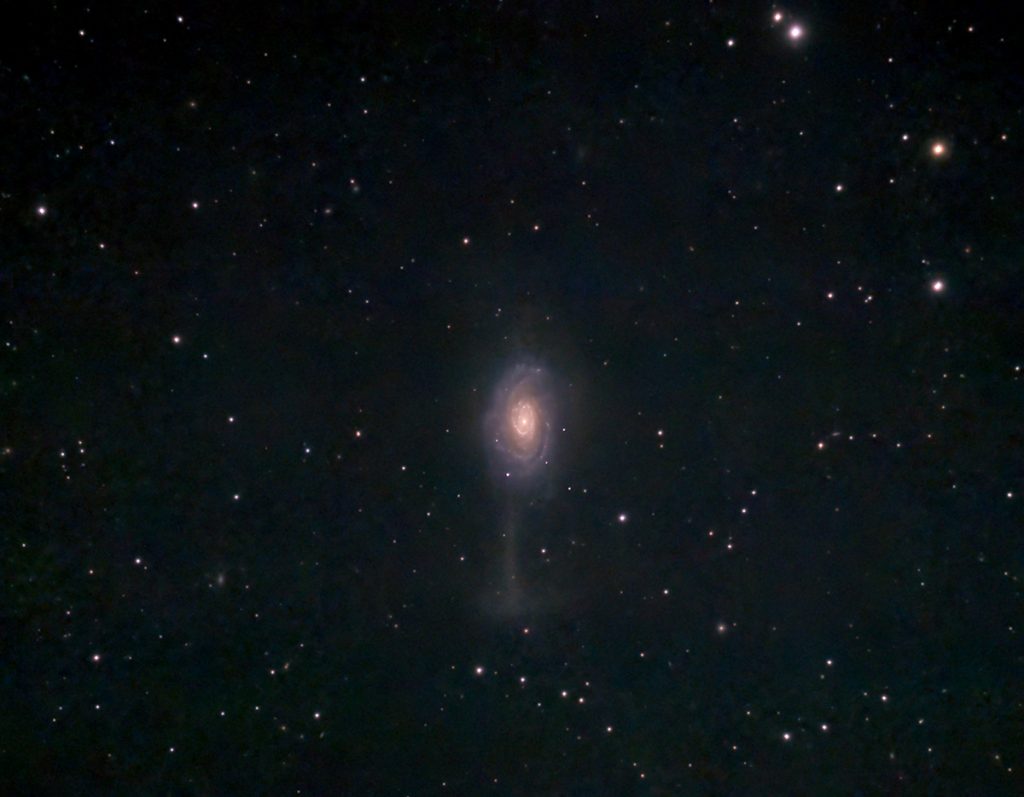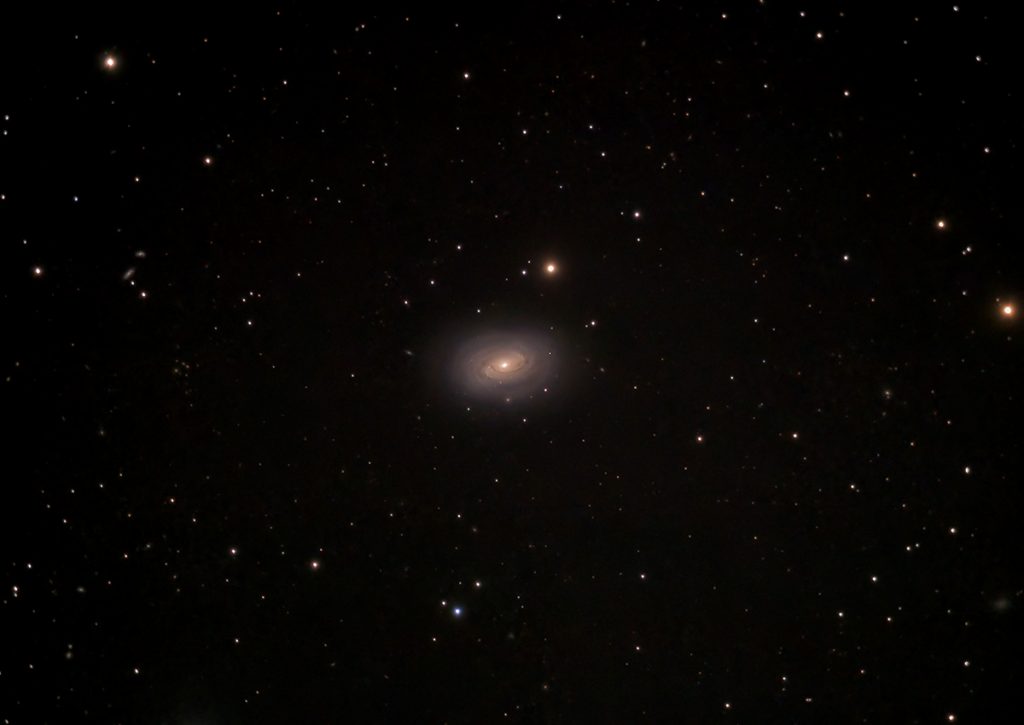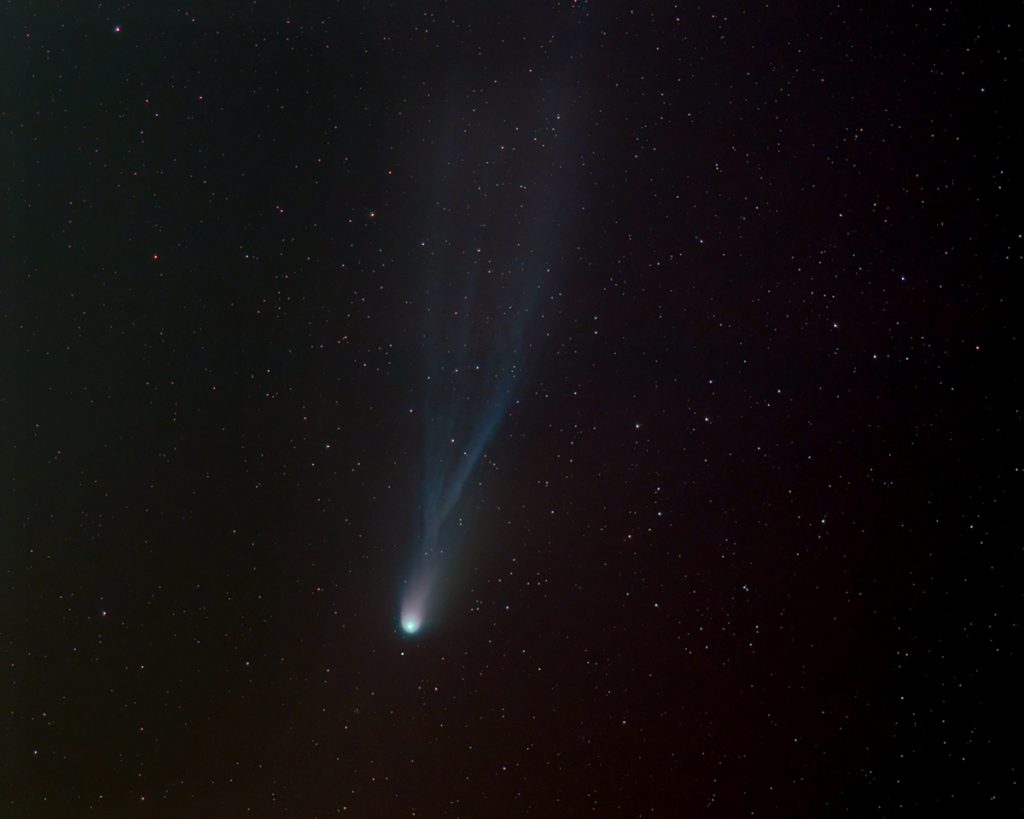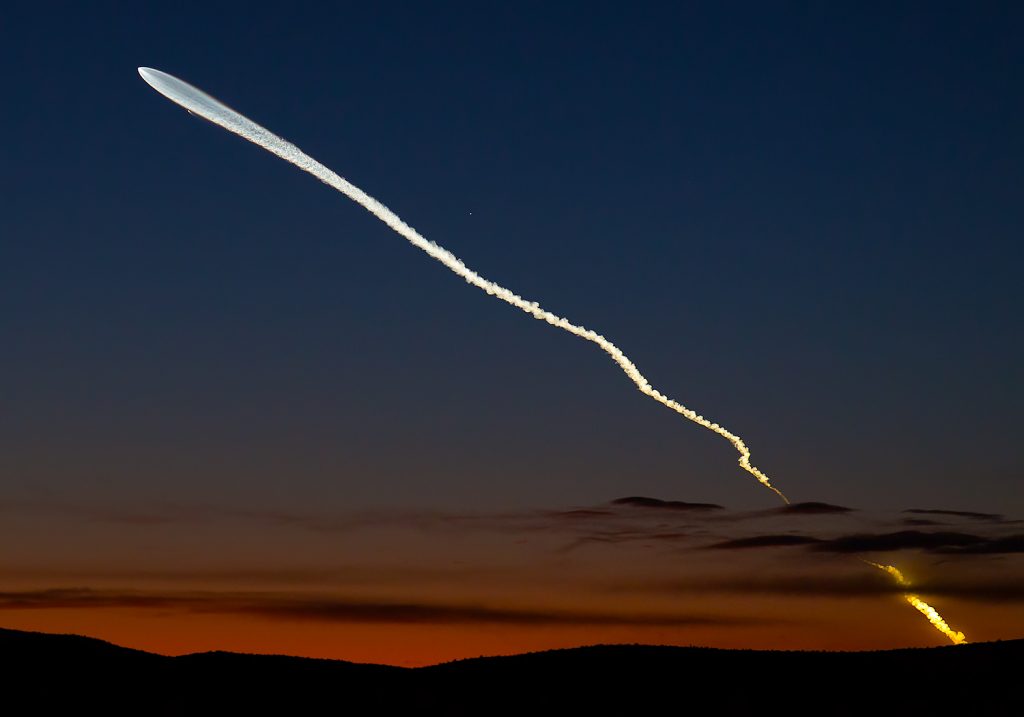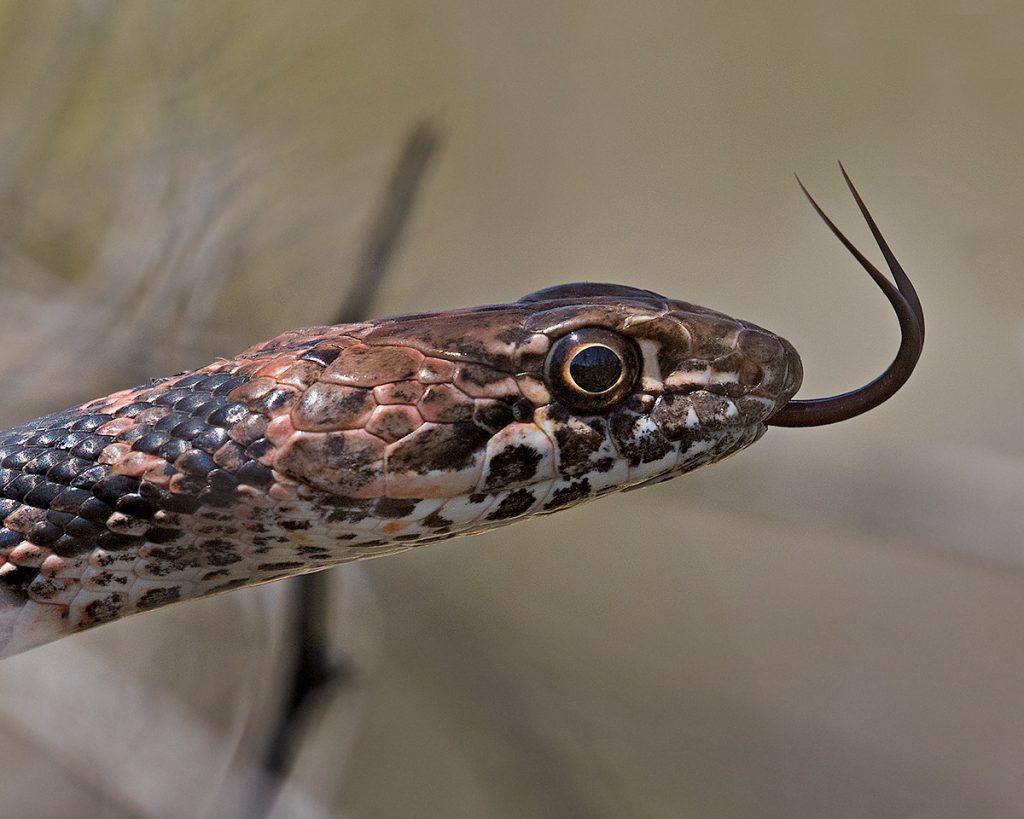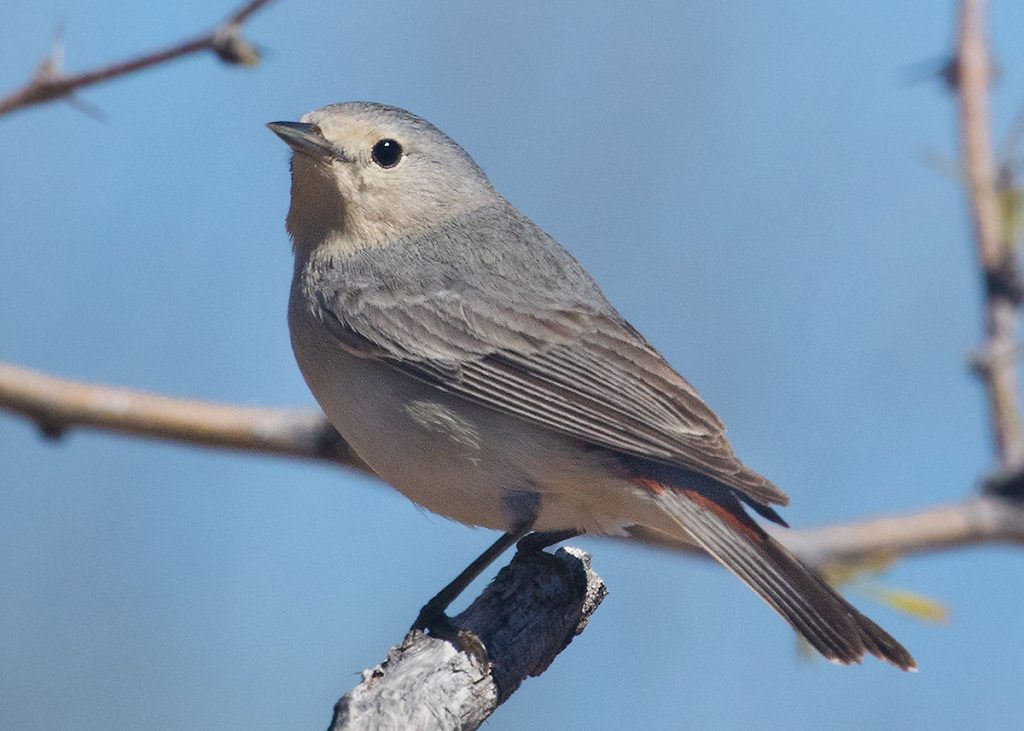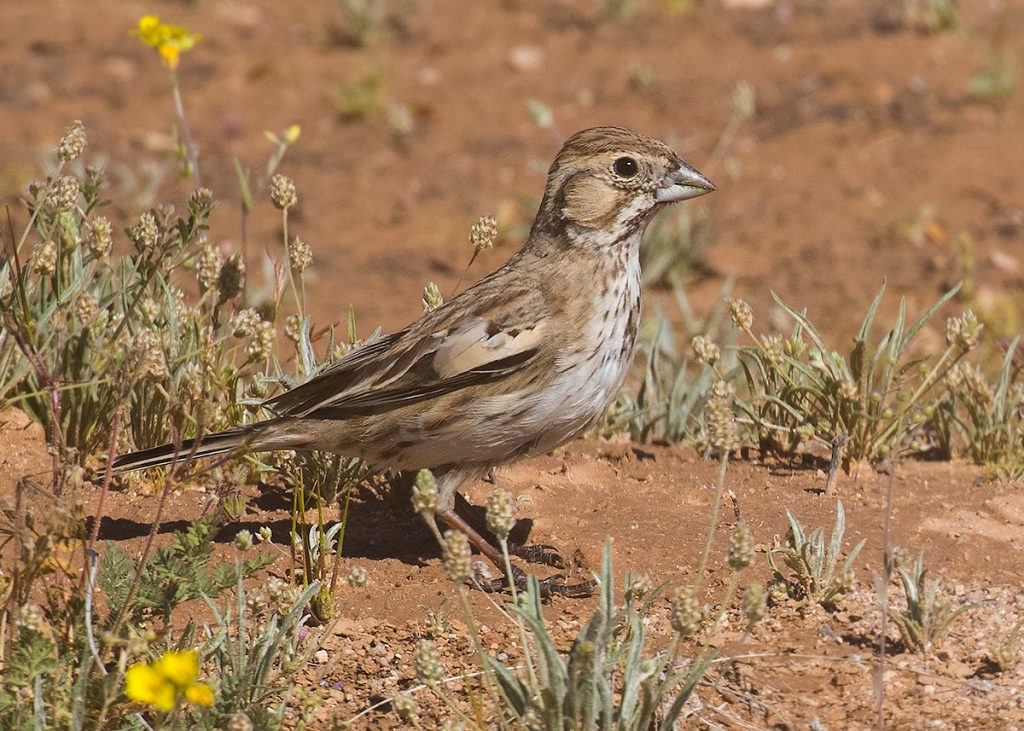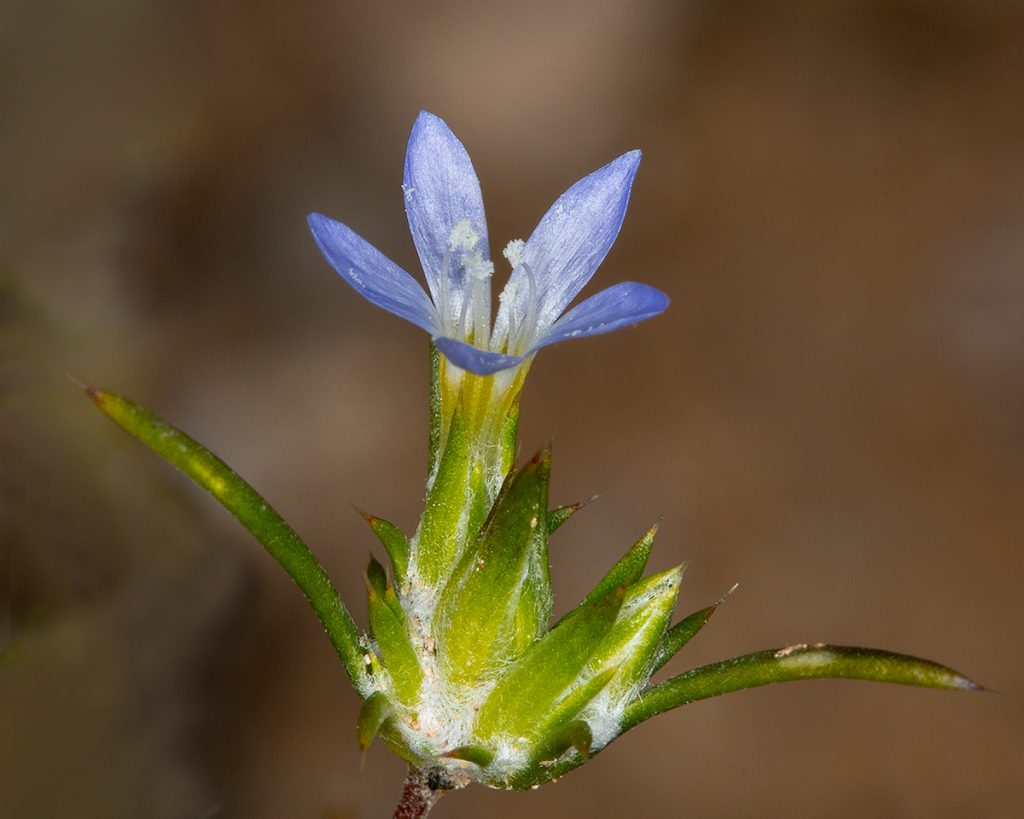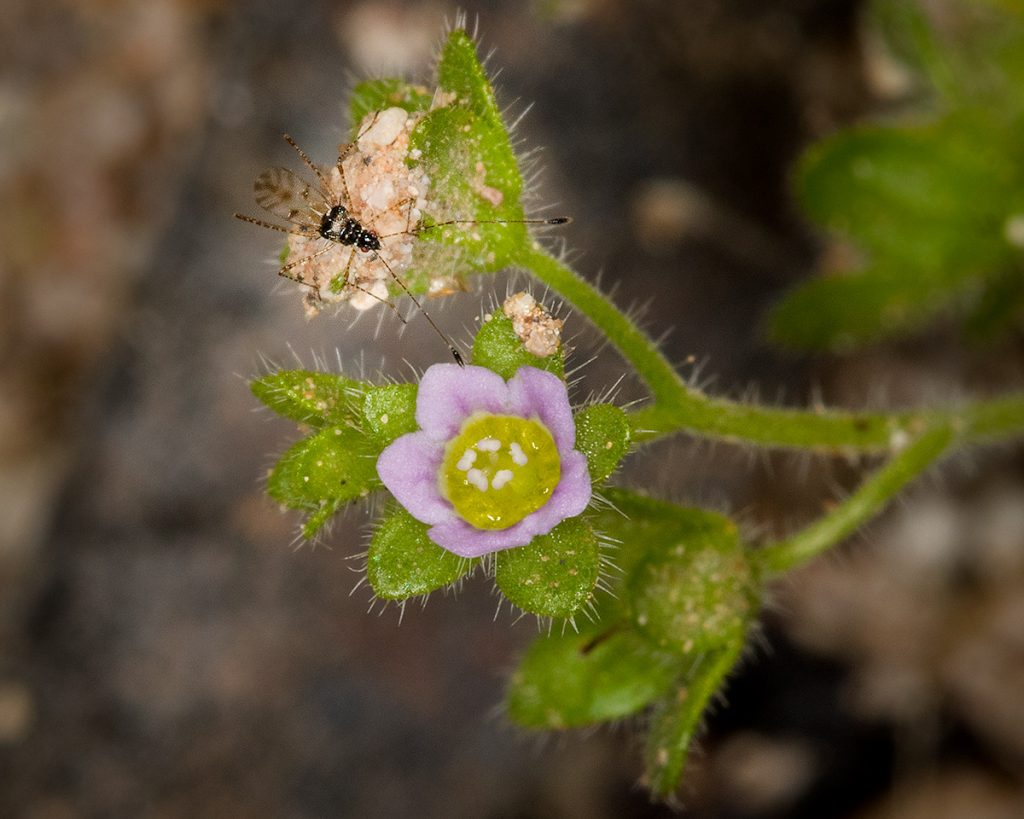I left Ajo last Monday and drove to the Empire Ranch, also known as Las Cienegas National Conservation Area. It has been several years since I’ve stopped there. I spent 3 days birding in the Empire Gulch, Box Canyon, Madera Canyon, and the Patagonia area. I picked up a lot of birds that I haven’t seen for years, but the photography wasn’t very good. Some of the best birds were Thick-billed Kingbird, Berylline Hummingbird, Violet-crowned Hummingbird, many Gray Hawks, several Zone-tailed Hawks, and an Arizona Woodpecker, among many other species. Here are a few eBird checklists: Box Canyon, Santa Rita Lodge in Madera Canyon, Madera Kubo Lodge, Patagonia Blue Haven Rd., Pattons, and Empire Gulch. I’m trying to live up to my New Year’s Resolution, to pick up as many species as I can this year. So far, I’m at 191 species, compared to 145 at this time last year. Now, I’m at Granite Gap. I plan to continue birding in as many places as I can get to for the next few days, then focus on astrophotography.
